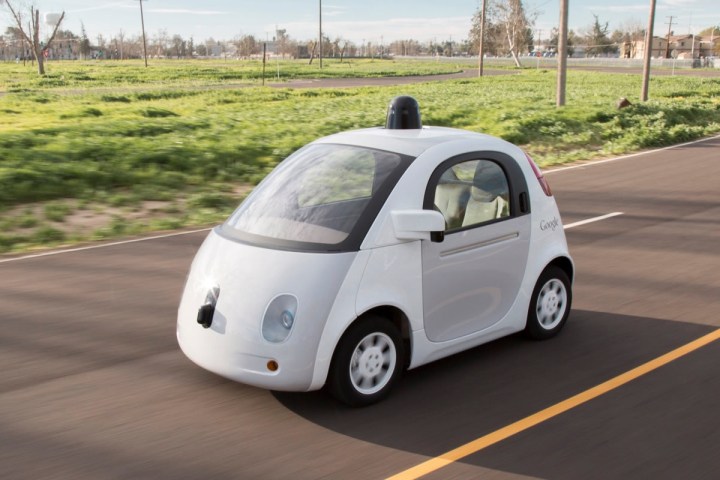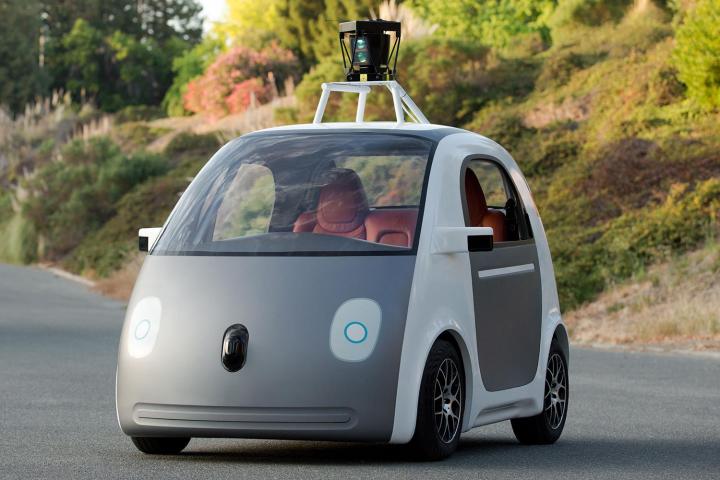
Waymo, the company spun out from Google’s self-driving unit that continue its work, said on Monday its fleet of Fireflies, as the car is affectionately known, will be retired. Instead, the team will focus on integrating its autonomous technology into larger vehicles such as its new self-driving Chrysler Pacifica minivan.
Google unveiled the Firefly in 2014 before starting tests the following year on roads around its Mountain View headquarters. To try out its autonomous technology in a range of environments, the vehicle has also been seen tootling about in Austin, Texas; Phoenix, Arizona; and Kirkland, Washington.
In a blog post, the team said that by turning its attention to mass-produced vehicles like the Pacifica, “we’ll be able to bring fully self-driving technology to more people, more quickly.”
It said its initial fleet of 600 minivans incorporate the latest custom-built radar, LiDAR, and vision systems, as well as its all-new AI computing system, “so they can see even further and sharper.”
And unlike the Firefly that can only trundle along at a maximum speed of 25 mph (it once got pulled over by cops for going too slow), the minivans can move considerably faster, allowing engineers to push the technology to the limit and test more effectively in real-world situations.

The move to send the Firefly to the great parking lot in the sky suggests that, at the current time at least, Waymo has little interest in producing a car of its own, preferring instead to look toward potential deals with established automakers interested in its technology.
However, Waymo engineers were keen to point out the extent to which the Firefly helped to advance its ambitious project during the two years that the diminutive car was on the road.
“Designing and building a truly self-driving vehicle from scratch, we were able to crack some of the earliest self-driving puzzles — where to place the sensors, how to integrate the computer, what controls passengers need in a car that drives itself,” Waymo’s team said in the post. “In answering these questions, Firefly defined some of our most recognizable features, like the dome on top of every Waymo car (by putting the LiDAR and cameras in a central spot, our sensors can see further and our computer can process data more efficiently).”
In a nod to its significance, Waymo is putting a couple of its Fireflies on display at the Computer History Museum in Mountain View, California, and also at the Design Museum in London.
“Firefly has taken us on an incredible journey over the last three years, and we’re looking forward to sharing this bit of self-driving history with the world,” the team said.
Editors' Recommendations
- Tesla Autopilot vs. full self-driving: What’s the difference?
- Dubai Police to deploy driverless patrol cars with AI smarts
- Cruise autonomous vehicle drives over woman just after she was hit by another car
- Robotaxi firm Cruise ordered to halve fleet following incidents
- An autonomous car in San Francisco got stuck in wet concrete


